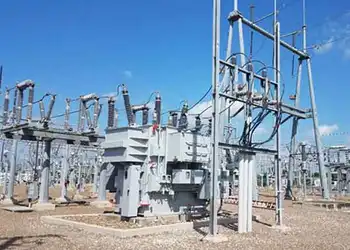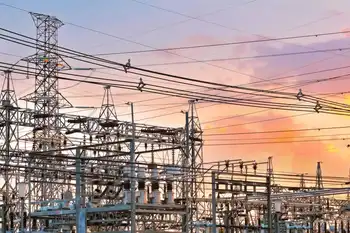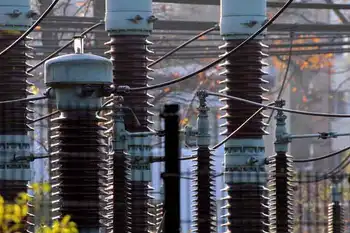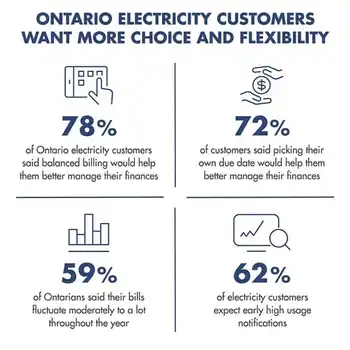Ground broken for Mojave wind project
MOJAVE DESERT, CALIFORNIA - Renewable energy developers broke ground for a major expansion of wind-power generation in the Mojave Desert north of Los Angeles.
The Alta Wind Energy Center is planned as the world's largest wind project, with nearly 600 turbines capable of producing 1,550 megawatts of electricity when completed, with the potential to be doubled, according to developer Terra-Gen Power LLC of New York City.
The currently funded first five phases will produce 720 megawatts, according to a company statement.
Financing for the initial phases totaled $1.6 billion, the company said.
The project is being developed in a region already studded with turbines that use the energy of winds sweeping across the Tehachapi Mountains to produce electricity.
Southern California Edison, which has contracted to buy 1,550 megawatts from Alta Wind, recently completed the first phase of a huge transmission system to carry electricity from renewable energy sources in the Mojave Desert to the Los Angeles region.
The groundbreaking comes two years after Terra-Gen Power and ArcLight Capital Partners LLC purchased Tehachapi-area wind farm assets from Allco Finance Group Ltd. of Sydney, Australia, for $325 million. Allco, which was restructuring after problems stemming from the global credit crunch, had negotiatied the power deal with SoCal Edison in 2006.
Gov. Arnold Schwarzenegger hailed the Terra-Gen Power project in a statement.
"Having the world's largest wind project break ground in our state is tangible evidence that our pioneering policies are drawing investment, improving the economy and creating jobs now when we need them most," he said.
The Los Angeles Department of Water and Power commissioners approved a long-term pact for more than 100 megawatts from an expansion of the Milford Wind Farm in Utah. The deal requires City Council approval. The DWP already receives 185 megawatts from the original 200-megawatt Milford wind farm.
Related News

New EPA power plant rules will put carbon capture to the test
WASHINGTON - New public and private funding and expected strong federal power plant emissions reduction standards have accelerated electricity sector investments in carbon capture, utilization and storage,’ or CCUS, projects but some worry it is good money thrown after bad.
CCUS separates carbon from a fossil fuel-burning power plant’s exhaust for geologic storage or use in industrial and other applications, according to the Department of Energy. Fossil fuel industry giants like Calpine and Chevron are looking to take advantage of new federal tax credits and grant funding for CCUS to manage potentially high costs in meeting power plant performance requirements, including…




